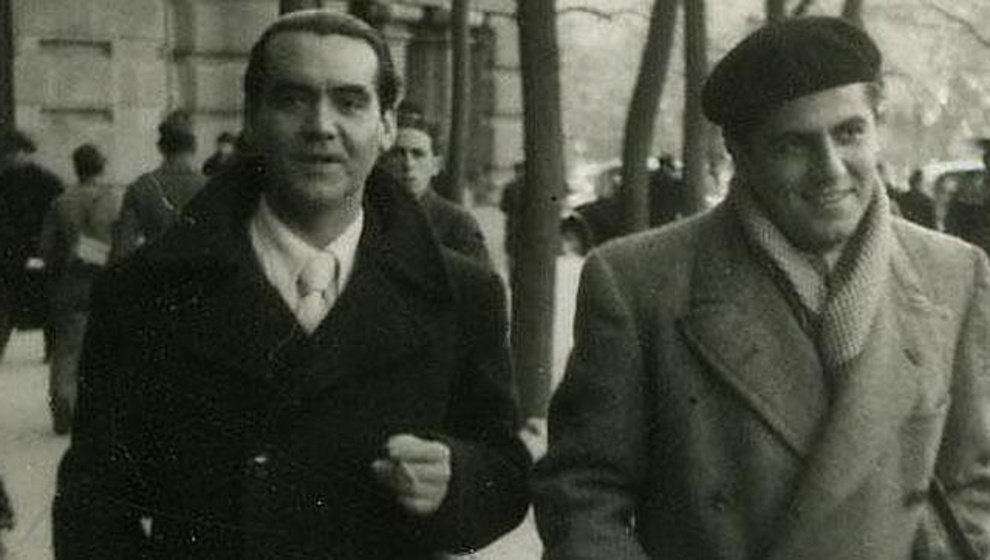In contrast to the climate of uncertainty and political violence that was being generated in Spain, and which exploded in 1936, Federico García Lorca wrote in 1935, during a stay in Valencia, some of the compositions of the most famous series of his amorous and secret poetry: the Sonnets of Dark Love, a collection of eleven love poems. The sonnets, whose first news of their existence comes from Vicente Aleixandre in a profile on Lorca published in the Blue Monkey in 1937, remained withheld by his heirs until their complete publication in the ABC newspaper in 1984 and, before that, in a non-venal edition of 250 copies.
Two years earlier, during a visit to the Anfistora Theater Club, which he himself had promoted with his friend Pura Maourtua de Ucelay, formed by amateurs, he met a 19-year-old actor, Juan Ramírez de Lucas, who had been sent to Madrid by his family to study Public Administration. Lorca maintained an ardent relationship with Ramírez, who kept the secret for 70 years, which inspired him to write the sonnets in whole or in part. Lorca promised Juan Ramirez de Lucas, then a minor, to turn him into a great actor, inviting him to accompany him on the tour of Mexico he had planned with Margarita Xirgu in 1936. Federico dedicated a romance to him after an excursion by both to Córdoba, which begins with the verse “that blond from Albacete”. Ramírez left a diary that remains unpublished.

Ian Gibson argues that the inspiration for the passionate series of sonnets was Rafael Rodríguez Rapún, with whom Lorca had another sentimental relationship until the beginning of the Civil War. At the end of 1936, Rodríguez Rapún learned of the murder of his friend and decided to enlist in the Republican army. On August 18, 1938, two years after Federico’s assassination, Rapún died on the Cantabria Front due to wounds caused by a bomb blast a week earlier.